Before the Rally Action, WRC Drivers Go Off-Track into the Wild
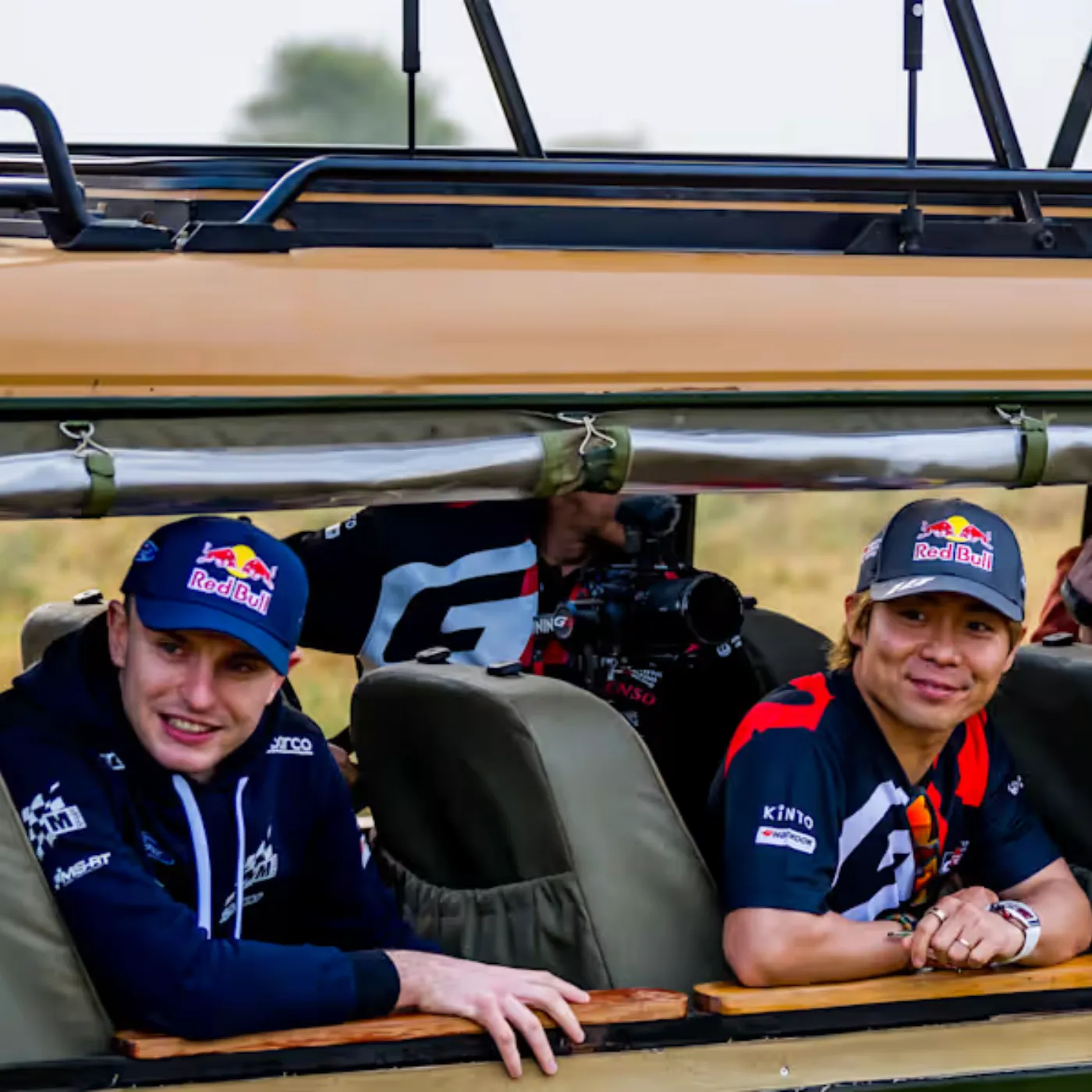
The World Rally Championship (WRC) is known for its breathtaking, high-speed action, where drivers push their cars to the absolute limit, navigating through some of the most treacherous terrains in motorsport. But there’s a side to the sport that’s rarely seen by fans, and it’s one that reveals a different kind of adrenaline—one that doesn’t come from the roar of the engines but from the untamed beauty of nature. Before the intense rally action begins, many of the WRC drivers take time to reconnect with the world off the track, stepping into the wild and exploring activities that challenge them in completely different ways.
In a sport where focus, precision, and mental resilience are paramount, stepping away from the cars and the circuits allows these elite drivers to recharge and prepare mentally for the extreme demands of rallying. While the roar of the engines may define the race days, the calm before the storm—the moments spent off-track—reveals how drivers prepare their minds and bodies for the chaos that awaits.
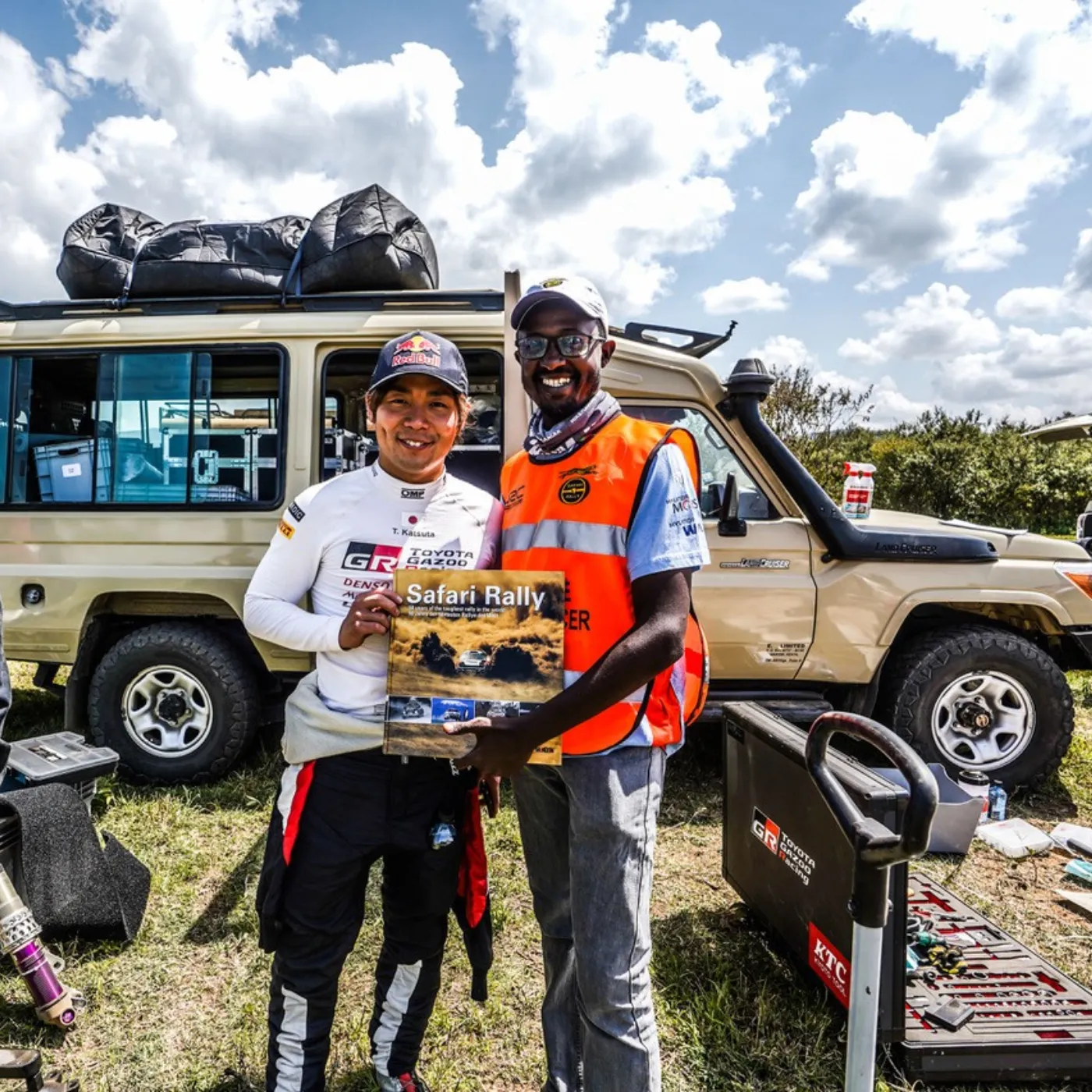
The Thrill of Off-Track Adventures
For WRC drivers, the mental strain and physical endurance required for rallying can be immense. These drivers are not only athletes but warriors of the terrain, fighting against natural elements, fluctuating weather conditions, and the sheer unpredictability of the rally stages. To maintain the sharpness needed for high-speed races and intense pressure, many drivers choose to unplug and take time to experience other forms of adrenaline before they dive into the world of rallying.
Before every rally event, drivers like Ott Tänak, Sebastien Ogier, and Kalle Rovanperä indulge in adrenaline-pumping activities, such as hiking through mountains, rock climbing, and engaging in extreme sports like skydiving or bungee jumping. These activities not only allow them to experience the natural world at its wildest, but they also help release the tension that builds up during the high-pressure buildup before a race. Tänak, for instance, is known for his love of nature and often spends time outdoors in remote regions, hiking through rugged landscapes, which he claims helps him disconnect and reset mentally for the challenges ahead.
It’s not just about the physical thrill, either. For many drivers, it’s about experiencing a different kind of peace and clarity. The wild, untamed environment offers a much-needed escape from the technicalities and constant noise of the motorsport world. Whether it’s a quiet walk in the woods or a fishing trip in a secluded lake, these moments of stillness help the drivers to return to a place of focus and purpose.
Immersing in Nature and Culture
A significant aspect of these off-track moments is the connection that WRC drivers often have with the locations they race in. From the snow-covered roads of Finland to the hot and dusty tracks of Kenya, the WRC takes drivers all over the world, immersing them in diverse cultures and environments.
In countries like Kenya, which is known for its rugged landscapes and vibrant wildlife, drivers have been known to take time off before the rally event to go on safari, watching wild animals in their natural habitat. For others, it’s about experiencing the culture through cuisine, local festivals, or visiting historic landmarks. For example, in Mexico, drivers may participate in traditional celebrations or dine in local eateries, all while absorbing the energy and spirit of the country they’re in.
This cultural immersion not only provides a refreshing break from the high-octane world of rallying, but it also serves as a way for drivers to connect with the regions they race through. These moments deepen their appreciation for the landscapes they tackle during a rally. Kalle Rovanperä, for instance, has often shared his love for nature and wildlife. He frequently ventures off-track into nature reserves and forests to recharge. His love for these environments helps him focus better when it’s time to tackle the fast-paced, demanding rally stages.
Another driver who enjoys soaking in the local culture is Thierry Neuville. He often takes time to explore the towns and countryside of the countries he races in, particularly enjoying local cuisine and participating in community events. These off-track moments not only keep him grounded but also remind him of the bigger picture beyond the competitive aspects of rallying.
Physical Fitness and Team Bonding
Beyond extreme sports and cultural exploration, another important aspect of the off-track time for WRC drivers is maintaining physical fitness and bonding with their teams. Rallying isn’t just a test of mental stamina; it’s also a physical battle. The long hours of racing, often through tough terrains, can take a toll on the body. As a result, many drivers take part in physical training or engage in activities like mountain biking, jogging, or swimming to stay in top shape.
Additionally, WRC teams often use the off-track period to bond outside of the high-pressure environment of the rally stages. Drivers, co-drivers, and engineers might spend time together participating in activities like team-building exercises, outdoor adventures, or social events. These moments help to strengthen relationships and improve communication within the team, which is crucial when it comes time to strategize and work in harmony during a rally.
For drivers like Sebastien Loeb, team bonding outside the race can also involve personal time with family and friends. Loeb has often been seen relaxing with his loved ones in calm, serene environments before gearing up for a rally, emphasizing the importance of mental and emotional well-being in the world of competitive racing.
The Mental Reset
It’s clear that the time spent off-track isn’t just about physical relaxation; it’s a vital part of a driver’s mental preparation. After the intense weeks leading up to a rally, when every decision and every detail can make or break a race, stepping away from the pressure cooker of rallying and into the natural world allows these athletes to reset. It helps them refocus on the bigger picture, recalibrate their goals, and come back to the car with a renewed sense of determination and clarity.
The importance of this mental reset cannot be overstated. Rallying, with its unpredictable elements, can create high levels of stress and uncertainty. Having moments to disconnect from this chaos and immerse in nature or simply enjoy a peaceful day away from the car helps drivers maintain a level of mental resilience that’s crucial for enduring the grueling demands of the sport.
The Balancing Act Between Work and Play
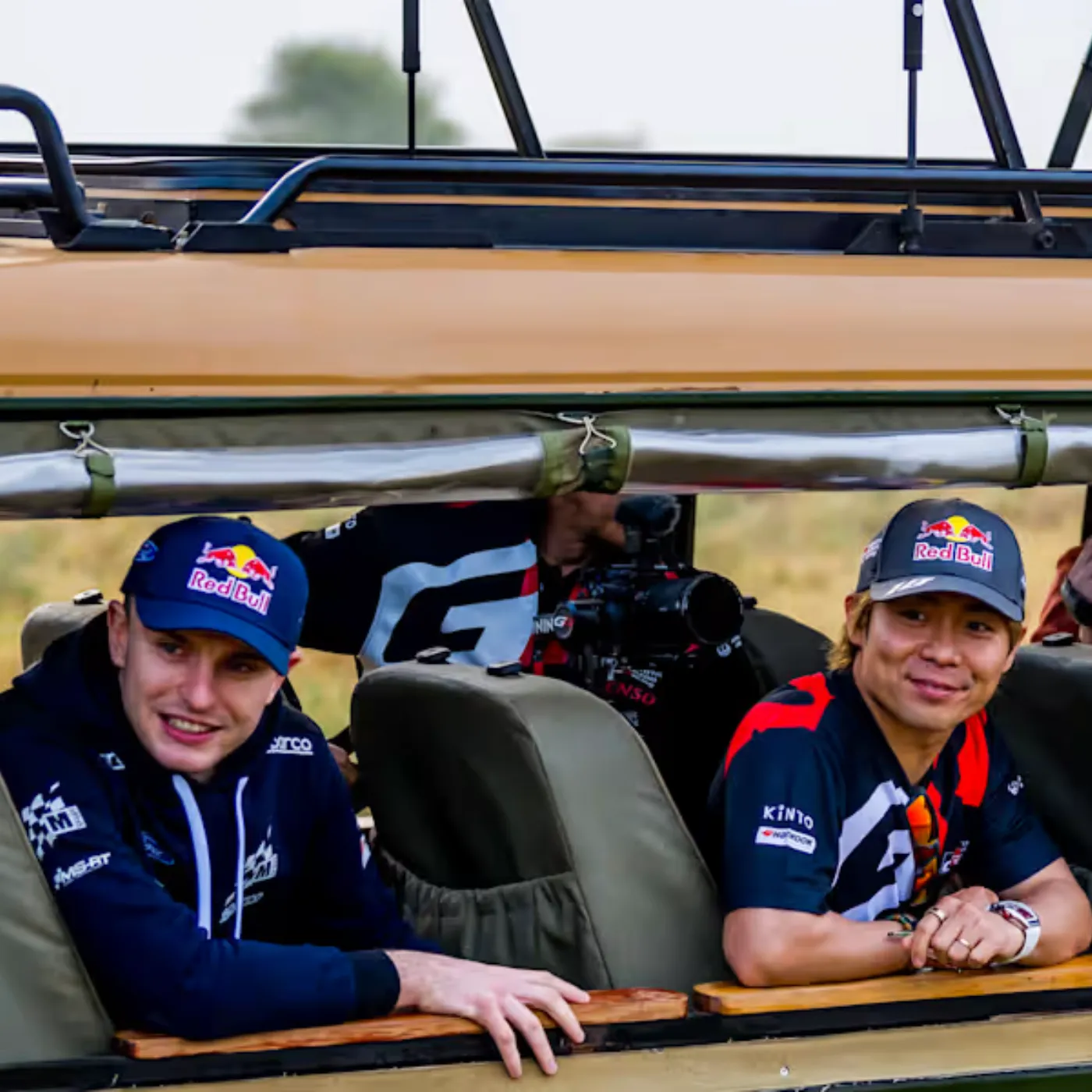
At the end of the day, WRC drivers are not just highly skilled athletes—they are also individuals who know the importance of maintaining balance in their lives. Rallying may demand intense focus, but the moments spent off-track in the wild or with family and friends provide an essential balance. These moments of rest and exploration help them mentally prepare for the extreme challenges that lie ahead.
For drivers like Ott Tänak, Sebastien Ogier, and Kalle Rovanperä, these off-track moments are more than just an escape; they are a vital part of their journey. By stepping away from the pressures of competition, they return to the rally stages with fresh eyes, ready to face whatever challenges await them.
In the end, whether it’s rock climbing in the mountains, cycling through forests, or simply exploring a new country’s culture, the off-track experiences of WRC drivers are a vital part of their preparation and overall success. These moments remind us that rallying is not just about speed and precision but also about resilience, balance, and connecting with the world beyond the track. As the WRC continues to thrill fans across the globe, these off-track adventures add an essential layer to the story of what it truly means to be a champion in the world of rallying.

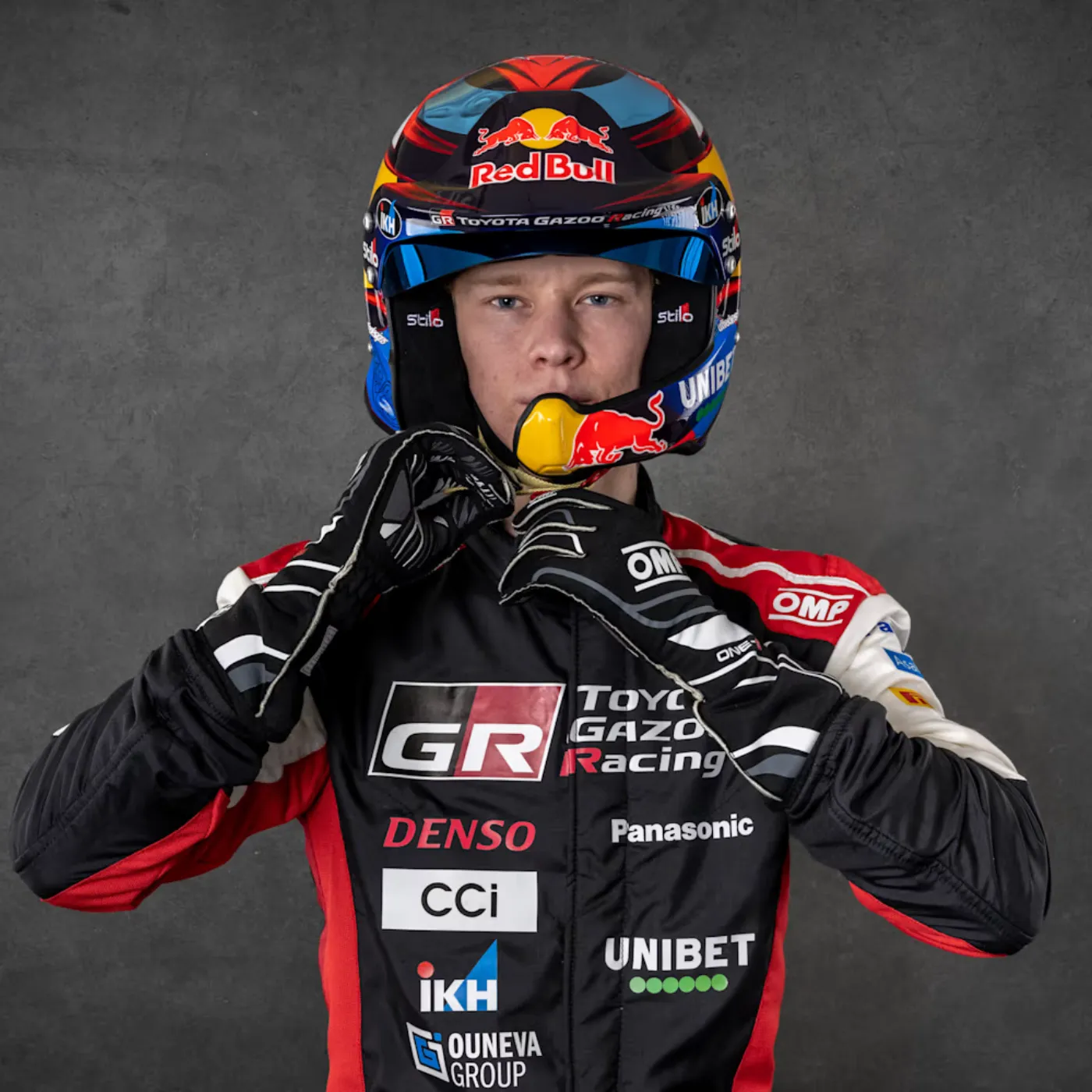
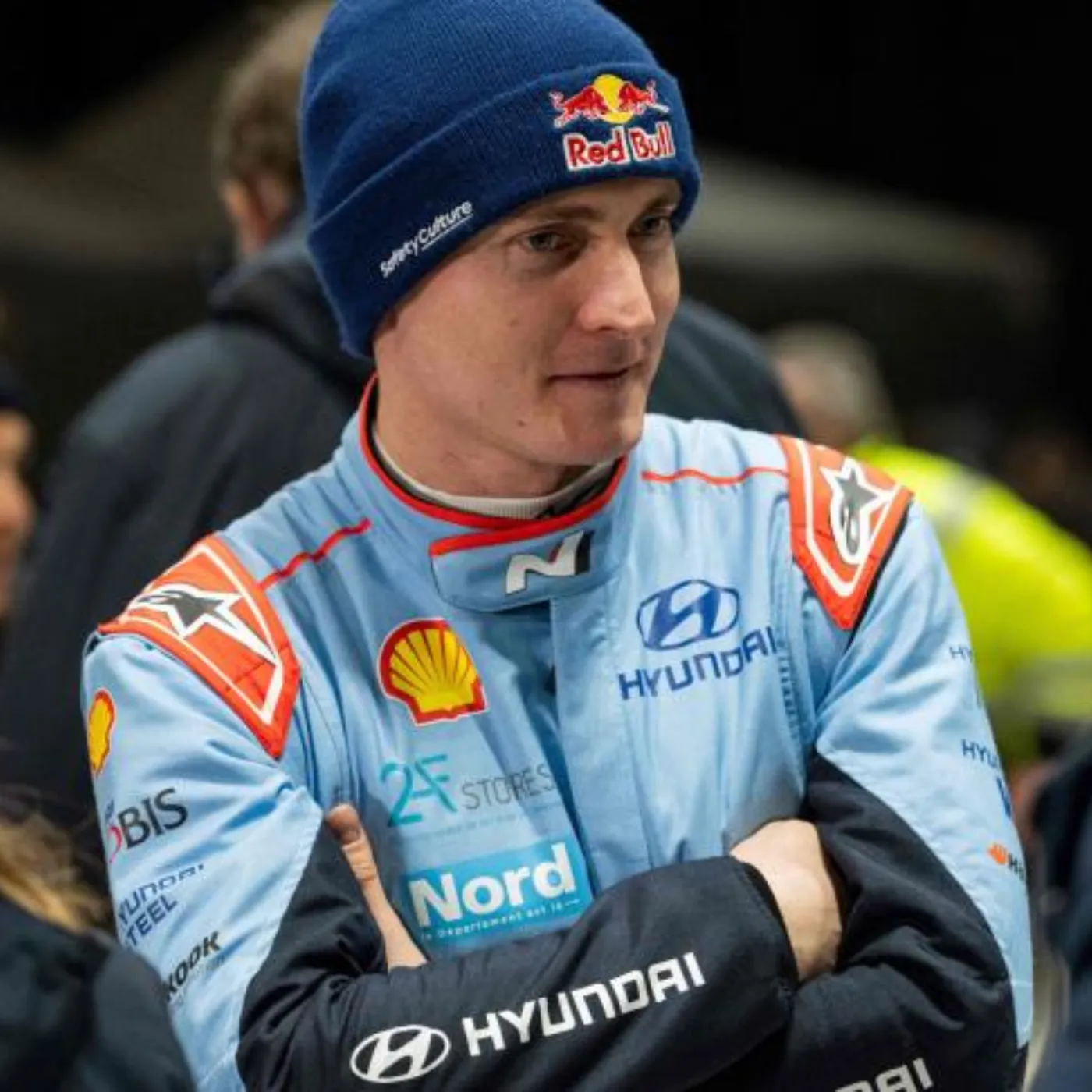
Post Comment